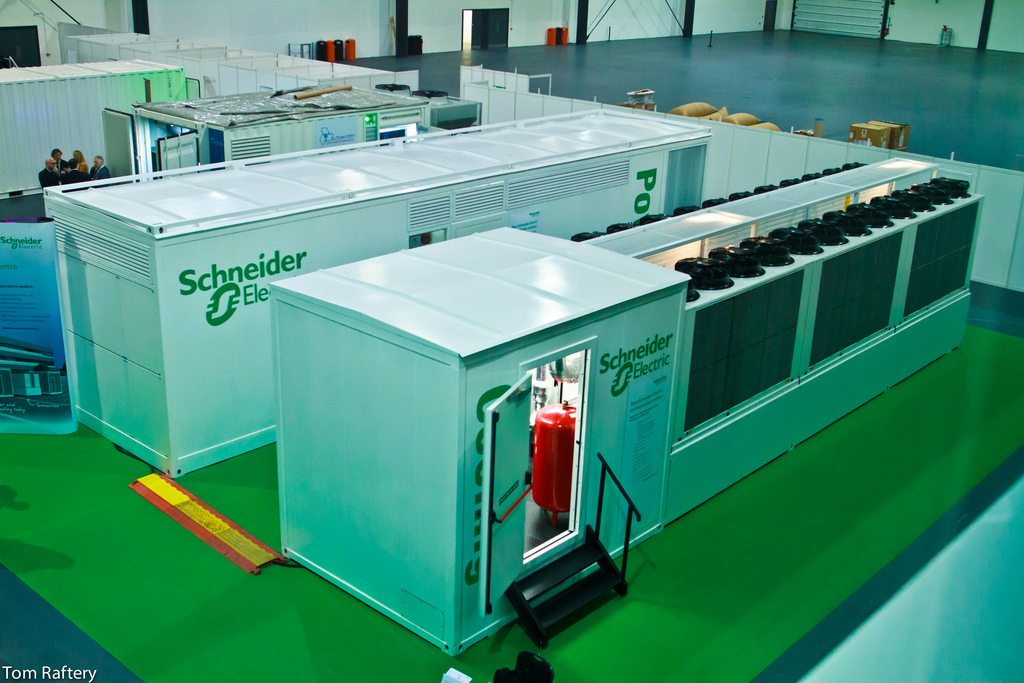The researchers have developed a fluorescent material that stretches over two times its size and allows flexible screen development, potentially leading to new technologies.

Most high-end smartphones and an increasing number of TVs utilize OLED tech that sandwiches small organic molecules between conductors to emit bright light. It is energy-efficient and produces sharp pictures, yet the OLED’s molecular building blocks have tight bonds and stiff structures. A display is vital in most consumer electronics today, but current OLED materials are brittle and lack stretchability.
Researchers at the Pritzker School of Molecular Engineering (PME) at the University of Chicago have created a material that emits a fluorescent pattern and can stretch over two times its size or bend in half. The material allows flexible screen development and could lead to unforeseen technologies.
Making flexible, light-up polymers
The researchers have developed stretchable polymers with efficient light emission, similar to OLEDs, by integrating necessary molecular structures. The team have developed atomic models of new polymers to simulate how they respond to bending and stretching. This understanding allows for optimized materials with flexibility and luminescence. Armed with computational predictions, the researchers built prototypes of flexible, stretchable, bright, durable and energy-efficient electroluminescent polymers.
Their design incorporated “thermally activated delayed fluorescence,” allowing for highly efficient conversion of electrical energy to light. This third-generation mechanism can match commercial OLED tech performance.
A vision for wearable electronics
Wearable sensors can utilize flexible light-emitting materials not only for displaying information but also for other purposes. Wearable sensors that require light, such as those used to measure blood oxygenation and heart rate, can integrate bendable light-emitting materials. The researchers suggested that a flexible light-emitting material could be used in implantable devices, including those that regulate neuron activity in the brain using light.
The team aims to create a wearable electronics system with sensing, processing, and display. The stretchable light-emitting material is a step towards this goal. They plan to improve the display’s efficiency and performance by adding more fluorescence colors in future iterations. Eventually, the aim is to match the performance level of current commercial technologies.
Reference : Wei Liu et al, High-efficiency stretchable light-emitting polymers from thermally activated delayed fluorescence, Nature Materials (2023). DOI: 10.1038/s41563-023-01529-w






